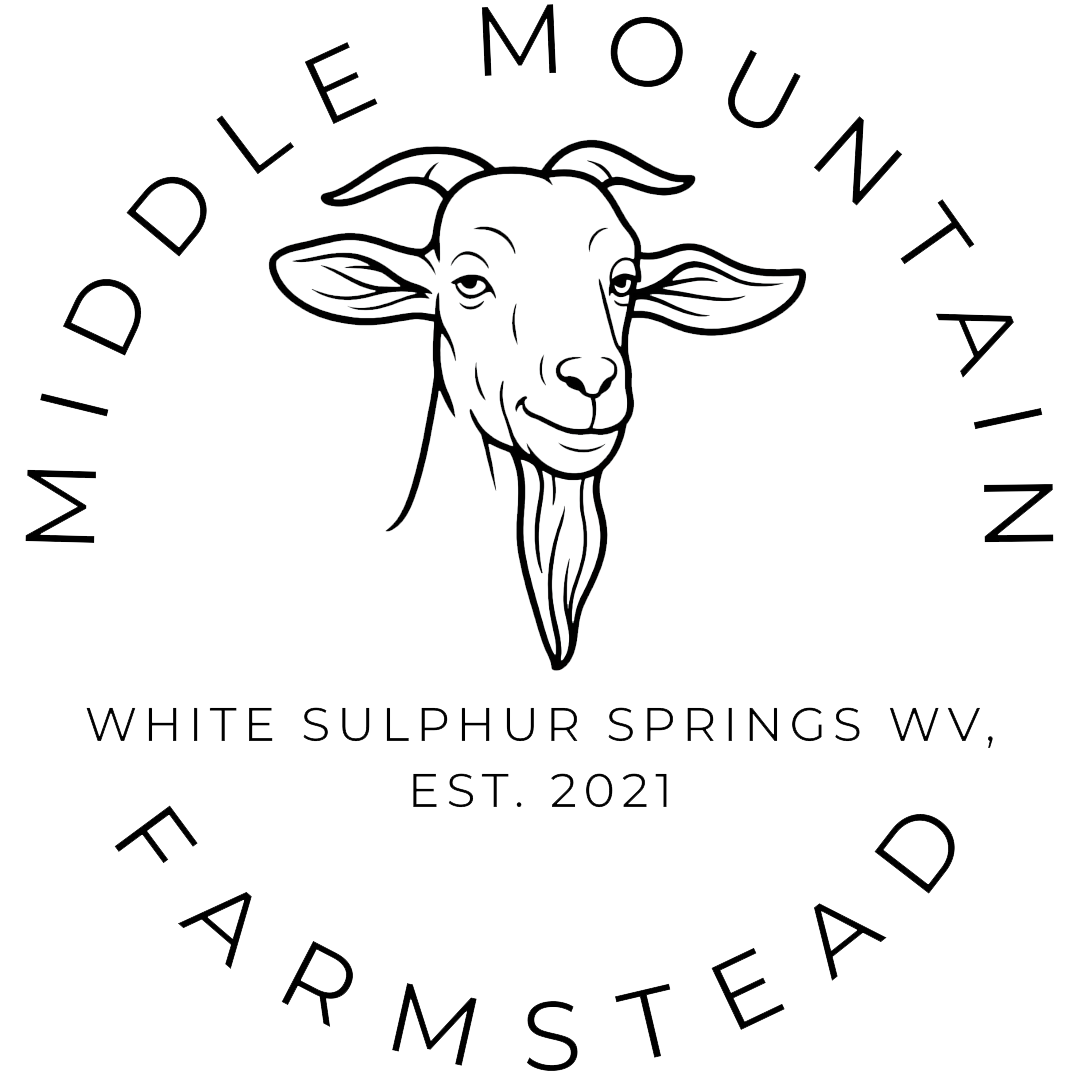Blogs
Blogs

Middle Mountain Biodiversity: A Rich Ecosystem Awaits You
Understanding Middle Mountain Biodiversity: Key Species, Threats, and Conservation Strategies
At Middle Mountain Farmstead, we view biodiversity not just as an ecological concept but as a cornerstone of regenerative agriculture and resilient ecosystems. Middle mountains—those nestled between lowland valleys and alpine peaks—are globally recognized as biodiversity hotspots, harboring exceptional species richness, high levels of endemism, and unique evolutionary lineages. This article explores the species, systems, and strategies that define Middle Mountain biodiversity, the biogeographical patterns that shape it, and the conservation biology approaches we adopt to protect it.
What Are the Main Species in Middle Mountain Ecosystems?
Montane ecosystems are known for their complexity, altitudinal gradients, and high habitat heterogeneity. Our forest and pasture zones support:
Hardwood and coniferous trees, including oak, maple, hickory, and pine (e.g., Pinus mugo)
Grassland and shrubland vegetation forming diverse plant communities
Wildlife such as salamanders, deer, black bears, and beetles
Rare species including montane insects and woodland amphibians, some of which are endemic to the Appalachian Mountains
Which Plants Thrive in Middle Mountain Biodiversity Zones?
Flora in these zones varies across gradients in elevation, temperature, and precipitation. Notable species include:
Appalachian wildflowers and alpine plants
Lichens and mosses critical to forest ecology
Medicinal herbs adapted to the temperate climate
Vascular plants with limited distribution, indicating high endemism
What Animal Species Are Unique to Middle Mountain Regions?
The region acts as a refugium for many taxa during periods of global change, such as the Quaternary glaciation. Notable fauna include:
Salamanders and insects specific to Appalachian plateaus
Sky island species with limited dispersal
Mammals and amphibians influenced by allopatric speciation
How Do Microorganisms Contribute to Mountain Ecosystems?
Soil microbial diversity is a vital part of ecosystem function. Recent work in molecular phylogenetics and soil biology shows that:
Microbes regulate nutrient cycling
Fungal-plant symbioses enhance pasture quality
Bacterial diversity correlates with vegetation and livestock productivity
Why Is Middle Mountain Biodiversity Ecologically Significant?
These mountain ranges—comparable to biodiversity-rich areas like the Hengduan Mountains and Western Ghats—provide:
Genetic diversification through speciation and evolution
High carrying capacity for multiple species within a biome
Ecosystem services vital for soil health, clean water, and climate regulation
How Do Mountains Support Regional and Global Biodiversity?
According to The Wilderness Society and Proceedings of the National Academy of Sciences, mountains:
Serve as biodiversity corridors
Protect against biodiversity loss under climate change scenarios
Host globally significant taxa, even within small sampling areas
What Ecosystem Services Do Middle Mountains Provide?
These ecosystems act as biodiversity reservoirs and provide:
Clean water from headwaters
Wood and forage materials
Habitat for pollinators and wildlife
Cultural ecosystem services supporting conservation
How Does Biodiversity Affect Mountain Resilience?
High species diversity buffers the landscape against disturbance. In situ conservation of rare species supports:
Resilience to wind, monsoon, and drought stress
Greater adaptive capacity to altitudinal shifts
Stability in food webs and agricultural output
What Are the Major Threats to Middle Mountain Biodiversity?
Primary threats identified in mountain ecoregions include:
Climate change altering phenology and increasing extinction risk
Deforestation reducing vegetation cover and fragmenting habitats
Invasive species shifting community structure and nutrient dynamics
Agriculture and development disrupting forest and grassland balance
How Does Climate Change Impact Mountain Species and Habitats?
Current research in climate and plant ecology shows:
Shifts in flowering and migration times
Downslope pressure on cold-adapted alpine tundra species
Loss of snow cover, critical for amphibians and alpine plant regeneration
What Role Does Human Activity Play in Biodiversity Loss?
Across North America and globally:
Road construction and monoculture reduce taxonomic diversity
Grazing pressure without rotation reduces plant community complexity
Industrial pollution alters forest ecology and soil chemistry
How Do Invasive Species Affect Middle Mountain Ecosystems?
Species such as multiflora rose and feral hogs affect:
Soil structure and erosion
Competitive balance within plant communities
Pollinator networks and livestock forage
What Are the Effects of Pollution on Mountain Biodiversity?
Peer-reviewed articles in Science, PubMed, and Oxford University Press confirm:
Declines in insect taxa
Acidification in streams affecting amphibian families
Lichen and moss sensitivity as indicators of air quality
Which Biodiversity Conservation Strategies Are Effective for Middle Mountains?
At Middle Mountain Farmstead, our approaches reflect current conservation biology frameworks:
Rotational grazing to enhance species diversity
Agroforestry and silvopasture to mimic natural forest dynamics
Monitoring flora and fauna with open access tools like eDNA and drone imaging
What Are the Best Practices for Habitat Protection and Restoration?
Strategies include:
Planting native species based on regional phylogeography
Protecting corridors connecting forest and grassland biomes
Using bootstrapping in ecological models to track restoration impact
How Can Community Engagement Support Biodiversity Conservation?
Community science projects informed by ecology and biogeography provide:
Sampling data across gradients of altitude and disturbance
Local knowledge that informs global biodiversity assessments
Involvement in reference and restoration sites
What Role Do Policy and Advocacy Play in Mountain Conservation?
Policies that leverage the National Academy of Sciences data can:
Promote woodland and shrubland conservation
Protect montane refugia through zoning and incentives
Support rare species through taxon-specific management
How Is Scientific Research Used to Inform Conservation Efforts?
We rely on:
Molecular phylogenetics to understand evolutionary relationships
Regression analysis and the Akaike Information Criterion to evaluate ecological models
Insect sampling and flora surveys to assess community shifts
How Does Climate Change Specifically Affect Middle Mountain Biodiversity?
Key findings show:
Changes in snowmelt timing impacting plant flowering and salamander emergence
Vegetation line shifts along altitudinal gradients
Tree species composition changing due to altered wind and rainfall regimes
What Are the Observed Changes in Species Distribution?
From beetles to mammals, species are shifting:
Uphill in response to alpine climate warming
Along latitude and gradient corridors to reach cooler refugia
With increasing reliance on remnant patches for breeding
How Are Mountain Ecosystems Responding to Temperature and Precipitation Shifts?
Ecological function is being restructured:
Tree recruitment is declining in certain microclimates
Pinus mugo and conifer species face reduced regeneration
Grassland encroachment in traditional forest zones
What Adaptation Strategies Can Mitigate Climate Change Effects?
Seed banking and native restoration informed by phylogenetic tree data
Maintaining genetic diversity in livestock and flora
Applying climate-adaptive sampling across high-altitude sites
How Can Individuals and Organizations Support Middle Mountain Biodiversity?
Support looks like:
Adopting sustainable practices in agriculture and forestry
Participating in citizen science on taxa distribution
Supporting research published in open access journals like Global Change Biology
What Volunteer Opportunities Exist for Mountain Conservation?
Join efforts focused on:
Sampling and monitoring amphibians and vascular plant families
Removing invasive species along forest edges
Planting alpine flora at restoration sites
How Can Educational Resources Raise Awareness?
Sharing biodiversity PDFs through local libraries
Promoting articles from journals like Nature Conservation
Hosting workshops on phylogeography and mountain ecology
Which Sustainable Practices Help Protect Mountain Ecosystems?
At Middle Mountain Farmstead:
We integrate plant ecology principles in livestock planning
Use forest buffers to protect sensitive areas
Embrace a landscape-level conservation ethic in every decision
What Are Current Research Trends and Data Insights on Middle Mountain Biodiversity?
Cutting-edge work explores:
Evolutionary rates in isolated montane species
The role of the Miocene and Pleistocene in species diversification
Confidence intervals for biodiversity trend projections
Which Technologies Are Advancing Mountain Biodiversity Studies?
Innovations include:
Drone-assisted topography mapping
Phytogeography tools for climate-resilient planning
AI-assisted linear regression models for ecosystem monitoring
How Is Data Used to Track Biodiversity Changes Over Time?
Longitudinal datasets inform adaptive management
Phylogenetic trees clarify evolutionary history and function
Statistics guide decision-making under environmental uncertainty
What Are the Knowledge Gaps and Future Research Priorities?
Integrating plant community models with livestock systems
Studying diversification across the Tibetan Plateau and Appalachian analogs
Better parameter estimates for mountain biome resilience
Final Thoughts
Middle Mountain biodiversity reflects a global story of complexity, adaptation, and challenge. From ancient evolution during the Miocene to the threats of modern climate change, these ecosystems carry both heritage and hope. At Middle Mountain Farmstead, we carry this legacy forward—combining earth science, agriculture, and stewardship into a living practice of biodiversity conservation.
Rooted in Family, Growing with Love
A Family Farm at Heart
Middle Mountain Farmstead isn’t just a farm—it’s a family effort. From sunrise chores to harvest celebrations, every moment is built on hard work, love, and tradition.
Fresh, Local, and
Grown with Care
We take pride in growing high-quality, farm-fresh products. Our commitment to sustainable practices ensures you get the best, straight from our fields to your table.

Where Every Season Brings a Story
Life on the farm changes with the seasons, and each one has its own beauty. Whether it’s planting in the spring or gathering in the fall, there’s always something happening.
More Than a Farm, It’s a Way of Life
Beyond crops and livestock, we’re cultivating memories, community, and a connection to nature. We love sharing our journey and bringing people closer to the land.
Shop our Products
Beard Balm
Beeswax made by our bees combined with luscious shea butter and sweet almond oil that will make your beard glisten like you have never seen before. Lightly scented with frankincense + ylang ylang essential oils.
Also serves as an excellent hair product to tame frizz, lip balm, and hand salve. A little goes a long way! Used daily, this will last 6+ months.
Goat Milk and Coffee Soap
Made with the simplest ingredients to cleanse and nourish your skin without the worry of harsh chemicals in conventional soaps. This is an unscented soap with coffee grounds mixed in. The coffee grounds provide a coarse exfoliation that makes this a perfect hand soap, especially well suited for clean up after working in the garden.
Ingredients: Saponified oils of olive and coconut, goat milk, coffee grounds.
Pit Paste
Meet your new aluminum-free, no waste, and all natural solution to stinky pits. We make this deodorant with our pasture-raised lard and safe ingredients that you can feel good about putting on your body. Organic arrowroot powder works to keep your pits dry while baking soda and our essential oil blends keep you smelling fresh. To apply, scoop out a pea sized dab with your fingers, rub between fingers and apply to underarms.
Frequently Asked Questions
What makes Middle Mountain Farmstead's products unique?
Our products are a result of our family-run approach—grown with care and committed to sustainable practices that ensure freshness and authenticity in every item.
How do I place an order?
Simply visit our shop section, select your favorite products, and complete the checkout process online. If you have any special requests, feel free to contact us directly for personalized assistance.
Do you offer local delivery?
Yes, we do! We offer local delivery to bring our farm-fresh produce right to your door. Check our delivery options at checkout or get in touch with us for further details.
Are your products grown organically?
We use sustainable, natural farming practices that prioritize the health of our land and community. While not every product is certified organic, our commitment to quality and eco-friendly practices remains strong.
How can I contact you if I have more questions?
We’d love to hear from you! Reach out via our contact page or connect with us on social media at @Middlemountainfarmstead. Our team is always happy to help and share our farm’s story.

21775 Pocahontas Trl, White Sulphur Springs, WV 24986, United States
Email us: [email protected]
Call us: (919) 645-8806
© 2025 Middle Mountain Farmstead - All Rights Reserved.